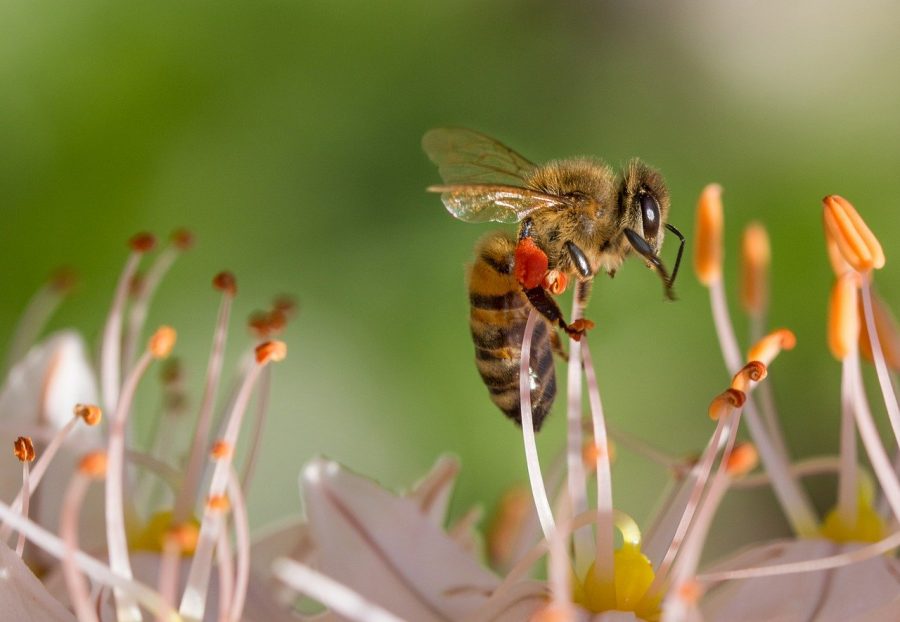Studies conducted by experts at Nottingham Trent University (NTU) helped to translate honeybee queens “tooting and quacking” duets in the hive.
Worker bees make new queens by sealing eggs inside special cells with wax and feeding them royal jelly.
The queens quack when ready to emerge – but if two are free at the same time, they will fight to the death.
So when one hatches, its quacks turn to toots, telling the workers to keep the others – still quacking – captive.
Dr Martin Bencsik, from Nottingham Trent University, who led this study, described the tooting and quacking of these “wonderful animals” as “extraordinary”.
He said: “You can hear the queens responding to each other.
“It has been assumed that the queens were talking to other queens – possibly sizing one another up vocally to see who is strongest.
“But we now have proof for the alternative explanation.”
Tooting, the researchers found, is a queen moving around the colony – announcing her presence to the workers.

The quacking is from queens that are ready to come out but are still captive inside their cells.
The queens are not talking to each other, explained Dr Bencsik, “it’s communication between the queen and the worker bees – an entire society of tens of thousands of bees trying to release one queen at a time.
“Quacking queens are purposefully kept captive by the worker bees – they will not release the quacking queens because they can hear the tooting.
“When the tooting stops, that means the queen would have swarmed [split the colony and set out to find a new nest] and this triggers the colony to release a new queen.”
Dr Bencsik said bee society was “absolutely splendid” to observe.
He added: “All decisions are group decisions”.
“It’s the worker bees that decide if they want a new queen or not.”
With honeybees under threat of extinction, beekeepers and the hives they provide are crucial for their survival.
The researchers hope their eavesdropping exercise will help beekeepers avoid interfering with this delicate collective decision-making and to predict when their own colonies might be about to swarm.
By Olimpia Zagnat
Featured photo credit: Pixabay


